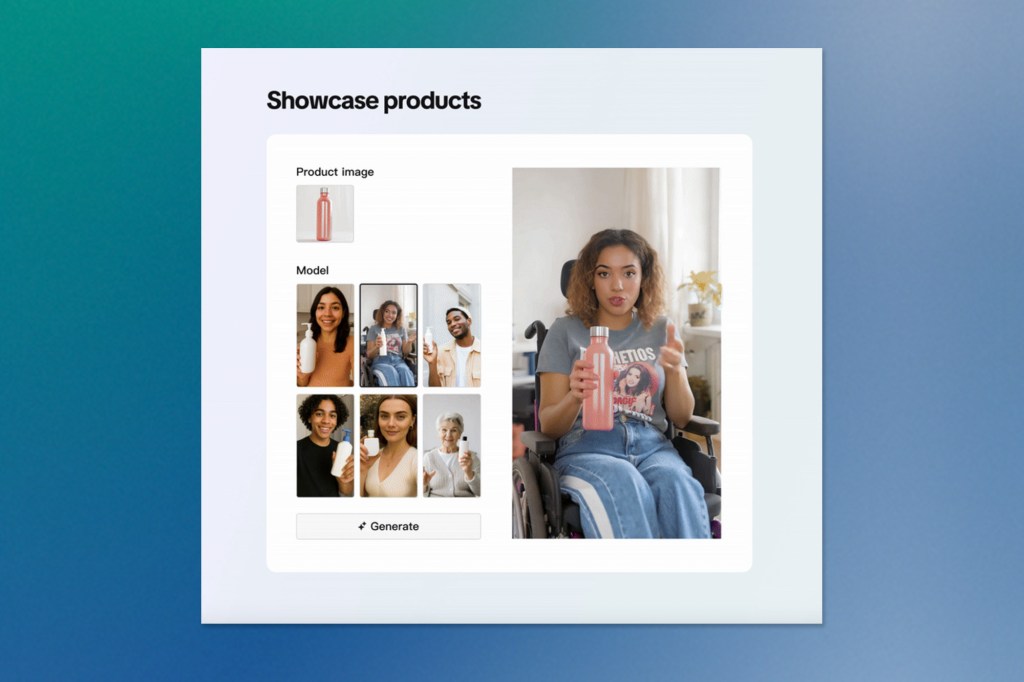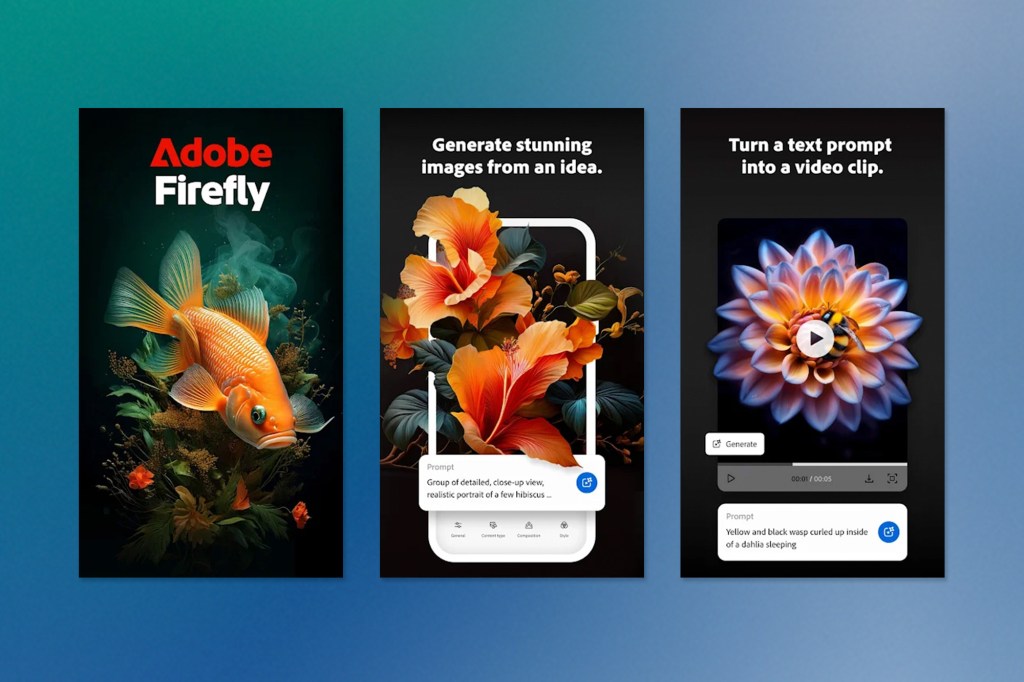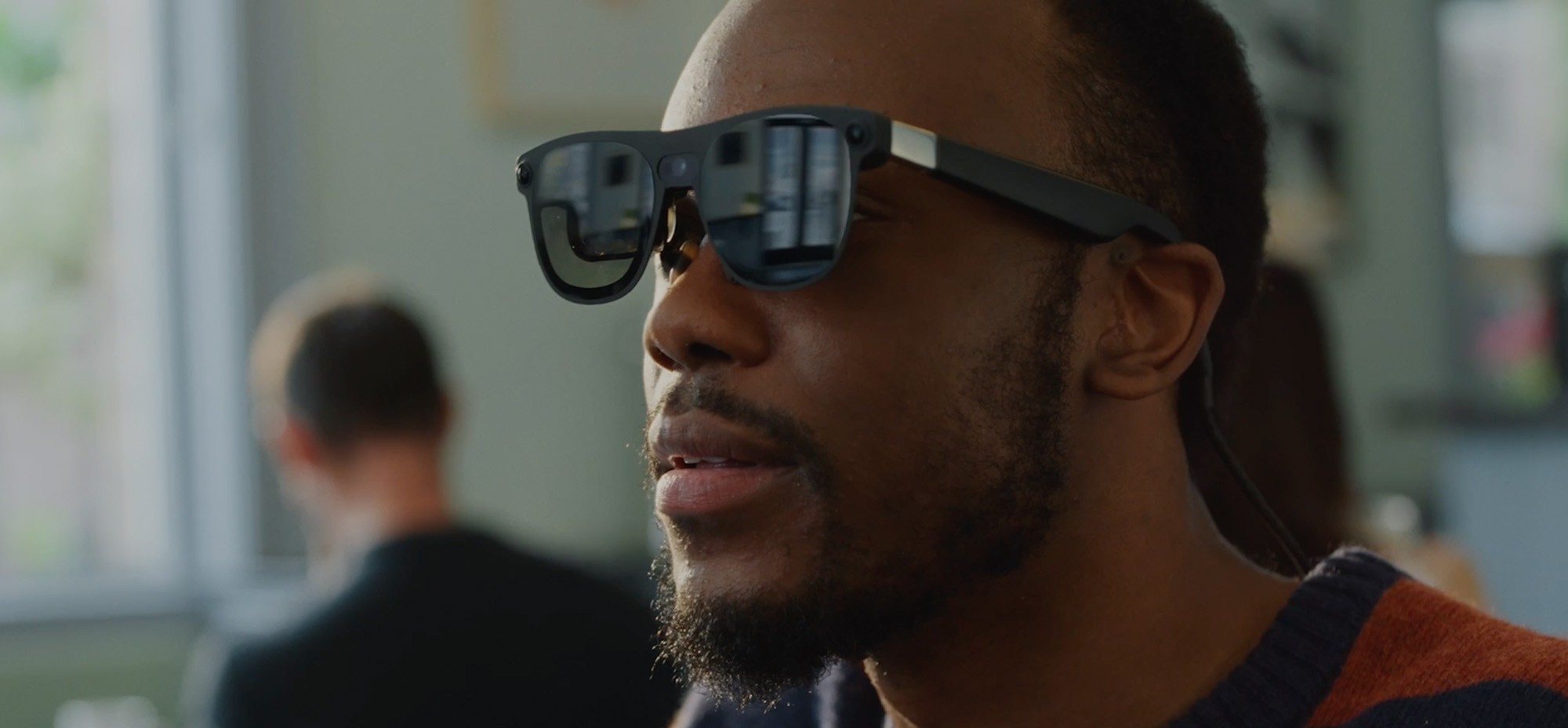Major AI companies made bold moves this week, revealing competing visions for the technology’s future. TikTok embraced synthetic content creation, while ByteDance launched a direct challenge to established video AI leaders. OpenAI formalized its government ambitions with a dedicated public sector division, and Adobe positioned itself as the Switzerland of generative AI by aggregating multiple models under one platform. Meanwhile, Sam Altman declared we’ve already passed the point of no return toward superintelligence. These developments suggest the industry is moving from experimentation to implementation, with significant implications for creators, governments, and the broader economy.
Listen to AI Knowledge Stream
AI Knowledge Stream is an AI-generated podcast based on our editor team’s “AI This Week” posts. We leverage cutting-edge AI tools, including Google Notebook LM, Descript, and Elevenlabs, to transform written content into an engaging audio experience. While AI-powered, our team oversees the process to ensure quality and accuracy. We value your feedback! Let us know how we can improve to better meet your needs.
TikTok Doubles Down on Synthetic Influencer Marketing
TikTok expanded its Symphony AI advertising platform this week with capabilities that blur the line between authentic creator content and automated marketing. The new tools enable brands to create videos featuring virtual avatars that can hold products, model clothing, and demonstrate apps, essentially creating AI-powered influencer content at scale.
This represents a significant evolution from basic AI-generated ads. Instead of simple promotional videos, brands can now create content that mimics the authentic, personal style that makes influencer marketing effective. Virtual avatars can perform the same actions as human creators, such as unboxing products, showcasing outfits, or walking viewers through app features.

The Economics of Automated Influence
The business incentives driving this shift are straightforward. AI avatars don’t negotiate rates, don’t have scheduling conflicts, and can produce unlimited content variations without additional production costs. For platforms like TikTok, synthetic influencers also mean keeping more advertising revenue in-house rather than sharing it with thousands of individual creators through affiliate programs.
This economic pressure extends beyond just cost savings. AI-generated content can be produced instantly, A/B tested endlessly and optimized for specific audience segments in ways that human creators cannot match. The speed and scalability advantages are compelling for brands operating in fast-moving consumer markets.
The Authenticity Paradox
The core tension here revolves around what makes influencer marketing work in the first place: the perception of genuine recommendations from real people. When a virtual avatar demonstrates a product, the fundamental premise of peer-to-peer recommendation breaks down. Yet early experiments suggest audiences may be more accepting of obviously synthetic content than industry experts initially predicted.
TikTok’s requirement for AI-generated labels addresses transparency concerns, but it also raises questions about how these disclosures will be presented and whether users will notice or care. The platform’s emphasis on “multiple rounds of safety review” suggests an awareness of potential issues, but the specifics remain vague.
What This Signals
TikTok’s move highlights how quickly AI capabilities are advancing in consumer-facing applications. What seemed like science fiction just a few years ago – believable AI avatars creating personalized marketing content – is now becoming standard platform functionality.
The real test will be audience acceptance and regulatory response. If synthetic influencer content proves effective and consumers accept it outright, we can expect rapid adoption across other social platforms. The influencer marketing industry may be entering a period of significant structural change, with human creators needing to adapt to an increasingly automated competitive landscape.
Sam Altman Declares We’re Past the Singularity Event Horizon
OpenAI’s CEO published a sweeping blog post claiming that humanity has already entered the early stages of singularity, with current AI systems serving as the foundation for rapid acceleration toward superintelligence. Rather than a dramatic overnight transformation, Altman describes what he calls a “gentle singularity” where extraordinary capabilities gradually become routine.
His timeline is aggressive: cognitive agents handling real-world work by 2025, systems generating novel scientific insights by 2026, and capable robots operating in physical environments by 2027. The key insight is that existing systems, such as GPT-4 and o3, have already demonstrated capabilities that exceed human performance in specific domains, making further advances a matter of scaling and refinement rather than fundamental breakthroughs.
The post reveals OpenAI’s positioning as primarily a “superintelligence research company” rather than just an AI products company. This framing suggests confidence in maintaining technological leadership through the crucial transition period Altman describes.
The Recursive Improvement Flywheel
Central to Altman’s thesis is the concept of AI systems accelerating their own development. Scientists are already reporting 2-3x productivity gains using current AI tools, and these same tools are being used to advance AI research itself. This creates what he describes as a “larval version of recursive self-improvement” – not full autonomy, but a meaningful acceleration loop.
The economic implications are stark. As AI systems become more capable, they generate greater value, which in turn funds more infrastructure, enabling even more powerful systems. Altman envisions costs dropping toward the price of electricity as data center production becomes automated, making intelligence essentially “too cheap to meter.”
From Exponential to Vertical
The blog post acknowledges that technological progress often appears more dramatic when looking forward than when looking backward. What seemed impossible in 2020 – having near-AGI systems by 2025 – has unfolded in a way that felt manageable while living through it. This pattern, Altman suggests, will continue even as the rate of change accelerates dramatically.
His vision extends beyond just digital intelligence to physical automation. Once initial robot manufacturing is established, he predicts that these systems could operate entire supply chains, from mining to transportation to manufacturing, creating a second acceleration loop in the physical world.
The Alignment Challenge
Despite the optimistic framing, Altman emphasizes that solving the alignment problem remains critical before the widespread deployment of superintelligent systems. He uses social media algorithms as a cautionary example – systems that excel at short-term engagement optimization while potentially undermining users’ long-term preferences and well-being.
The proposed solution involves both technical alignment (ensuring AI systems pursue intended goals) and distributional alignment (preventing the concentration of superintelligent capabilities in too few hands). The emphasis on collective decision-making regarding AI boundaries suggests a recognition that technical solutions alone are insufficient.
Adobe Mobilizes Generative AI with Standalone Firefly App
Adobe launched dedicated iPhone and Android apps for its Firefly generative AI platform, bringing text-to-image, text-to-video, and advanced editing capabilities to mobile devices. The move represents a strategic shift toward making professional-grade AI creation tools accessible outside traditional desktop workflows, potentially expanding the user base beyond Adobe’s existing Creative Cloud subscribers.
The mobile app integrates seamlessly with Creative Cloud, allowing users to start projects on their phones and continue work on desktop applications. This cross-platform approach acknowledges that creative workflows are increasingly spanning multiple devices, particularly as AI generation becomes more spontaneous and inspiration-driven rather than planned.

The Multi-Model Strategy Takes Shape
More significant than the mobile launch itself is Adobe’s embrace of third-party AI models within Firefly. The platform now incorporates Google’s Imagen and Veo models, OpenAI’s image generator, and partnerships with emerging players like Luma AI, Runway, and Pika. This represents a notable shift from Adobe’s initial focus on proprietary models trained exclusively on licensed content.
The multi-model approach suggests Adobe recognizes that no single company will dominate all aspects of generative AI. By positioning Firefly as a platform that aggregates best-in-class models rather than just promoting Adobe’s own technology, the company is betting on becoming the interface layer between users and various AI capabilities.
Credit Systems and Monetization Models
Adobe’s implementation of Firefly credits across mobile and desktop platforms reveals how enterprise software companies are adapting pricing models for AI features. Rather than offering unlimited access or simple subscription tiers, the credit system enables Adobe to manage computational costs while generating usage-based revenue streams.
This approach may become the standard for professional AI tools, where compute-intensive operations require separate accounting from traditional software licensing. The system also creates opportunities for Adobe to upsell users who exceed their monthly allocations, potentially generating significant additional revenue from heavy AI users.
Expanding Beyond Creative Professionals
The mobile app and collaborative Firefly Boards platform signal Adobe’s intention to expand beyond its traditional creative professional audience. Making AI generation tools available on smartphones naturally opens access to casual users, small business owners, and content creators who may not justify full Creative Cloud subscriptions.
This democratization strategy carries risks for Adobe’s premium positioning but also offers substantial growth opportunities. If the company can convert mobile users into paying subscribers while maintaining its professional user base, the total addressable market for Adobe’s AI tools could expand significantly.
ByteDance Enters AI Video Race with Seedance 1.0
TikTok’s parent company launched Seedance 1.0, an AI video generation model that claims top performance on benchmarking platforms against Google’s Veo 3, OpenAI’s Sora, and other established competitors. The system can produce five seconds of Full HD video in roughly 41 seconds while maintaining consistency across complex multi-scene sequences with changing camera angles and persistent characters.
ByteDance’s entry into AI video generation represents more than just another model launch. It signals the company’s intent to control the entire video creation pipeline from generation to distribution. With TikTok as the dominant short-form video platform globally, ByteDance has a unique advantage in understanding the types of generated content that actually engage audiences at scale.

Training at TikTok Scale
Seedance 1.0’s development leveraged ByteDance’s massive video dataset, combining public sources with licensed content that underwent extensive filtering to remove watermarks, subtitles, and inappropriate material. The training process included multiple stages of human feedback, where evaluators selected outputs with more natural movement and better prompt adherence, essentially crowdsourcing quality improvements.
This approach highlights how companies with large user bases and content libraries have distinct advantages in AI model development. ByteDance can incorporate user engagement data from TikTok to train models that inherently understand the characteristics of viral videos, creating a competitive moat that pure AI companies cannot easily replicate.
Speed as Competitive Advantage
ByteDance’s emphasis on generation speed – producing HD video in under a minute – addresses a critical barrier to the widespread adoption of AI video tools. However, Google’s recent launch of Veo 3 Fast suggests this advantage may be temporary, highlighting how quickly competitive dynamics shift in AI capabilities.
The focus on speed over features, such as audio generation, indicates ByteDance’s understanding of social media content creation workflows, where rapid iteration and quick turnaround often take precedence over comprehensive feature sets. This pragmatic approach could make Seedance particularly appealing for social content creators compared to more feature-rich but slower alternatives.
OpenAI Launches Dedicated Government Division
OpenAI formalized its government contracting efforts with the launch of “OpenAI for Government,” consolidating existing partnerships with federal agencies under a unified initiative. The announcement included a $200 million Department of Defense pilot program focused on administrative operations rather than weapons systems, signalilng OpenAI’s careful approach to military applications while pursuing lucrative government contracts.
The initiative represents a significant strategic shift for OpenAI, moving from ad-hoc government partnerships to a dedicated business unit targeting public sector customers. This formalization suggests confidence that government AI adoption will accelerate significantly, creating a substantial revenue opportunity separate from consumer and enterprise markets.
Navigating the Military AI Debate
OpenAI’s emphasis on “administrative operations” for the Defense Department contract carefully sidesteps more controversial military AI applications while still engaging with the largest government technology buyer. The company’s usage policies explicitly prohibit weapons development, but supporting logistics, healthcare, and cybersecurity operations allows substantial involvement in defence work without crossing ethical red lines.
This positioning reflects broader industry tensions around military AI applications. While companies want access to government contracts, they must balance financial opportunities against employee concerns and public perception risks. OpenAI’s approach of supporting defence capabilities while avoiding direct weapons applications may become a template for other AI companies entering government markets.
Revenue and Competitive Dynamics
The government initiative positions OpenAI to capture a share of the rapidly growing federal AI spending, which includes both direct technology procurement and broader digital transformation efforts. Government customers typically require longer sales cycles but offer larger, more stable contracts than commercial markets, making this an attractive business diversification.
The move also creates competitive pressure on other AI companies to formalize their own government offerings. Microsoft, Google, and Amazon already have substantial government contracts; however, OpenAI’s specialized focus could enable it to compete effectively despite lacking the broader cloud infrastructure of its rivals.
Keep ahead of the curve – join our community today!
Follow us for the latest discoveries, innovations, and discussions that shape the world of artificial intelligence.


